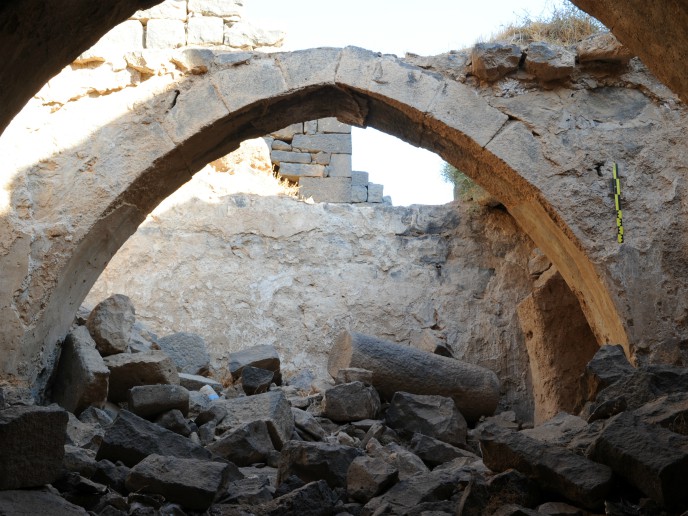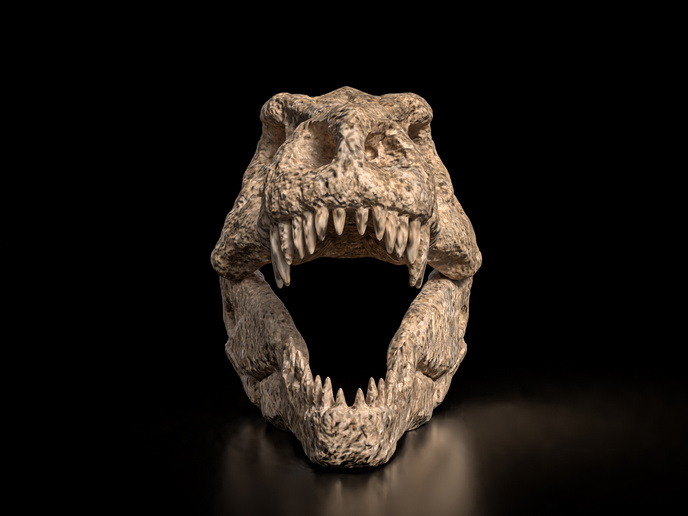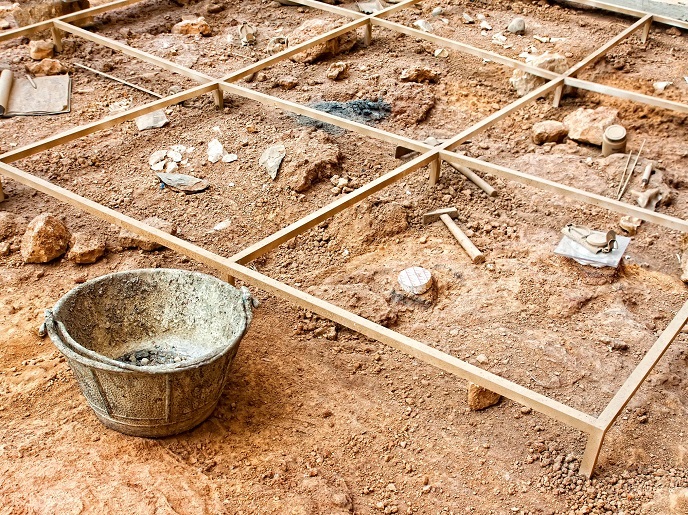Study of building techniques in the East fills a gap in the history of architecture
By exploring the building processes in the Near East, one of the main goals of the ACTECH(opens in new window) project was to fill a void in the history of architecture. Another two, notes project coordinator François Villeneuve, were “to contribute to the debate on the transmission of building knowledge between antiquity and the early Middle Ages in the Mediterranean, and to try to understand how Eastern building techniques contributed to the development of their Western counterparts.”
Activities spanning three continents
Supported by the Marie Skłodowska-Curie programme, project activities included two fieldwork campaigns in northern Jordan and site inspections in southern Spain. Laboratory work was also conducted in France (Paris and Marseille) and Spain (Granada) for processing project-collected data. ACTECH principal investigator (PI) Piero Gilento undertook two secondments during the project’s 2-year term. In the first, at the School of Arabic Studies(opens in new window) of the Spanish National Research Council (CSIC)(opens in new window) in Granada, “Gilento deepened the study and analysis of Islamic architecture in southern Spain and worked on 3D representation of architecture (photogrammetry),” Villeneuve reports. During the second, at the French National Centre for Scientific Research (CNRS)(opens in new window) MAP-Gamsau laboratory in Marseille, he worked on a web platform developed by the lab for the recording of architecture. Across the Atlantic, Gilento worked in the archaeological archives of Princeton University in the United States. His focus there was on original materials of famous archaeological missions carried out in Jordan and Syria by archaeologist Howard Crosby Butler(opens in new window).
Fieldwork and interdisciplinary collaboration
The interaction of archaeologists, architects, engineers, an archaeobotanist and a geomatics expert in ACTECH shed new light on construction processes. “At the local level it has in fact emerged that an ancient village located in a semi-arid area of Jordan has had a great constructive vitality from the late antiquity to the Medieval Ages,” Villeneuve comments. On a large scale, it was possible to examine how certain masonry techniques, such as opus quadratum, used in the Near East until at least the 8th century AD, were transmitted into the West, particularly in southern Spain. “This was only thanks to the Islamic occupation of these territories,” Villeneuve stresses.
Digital technologies
Innovative aspects of project work concerned the use of stereoscopic aerial photographs in Granada. After being digitised, these were processed using photogrammetric software to generate a digital elevation model and a high-resolution orthophoto. This was used for important analysis of the architecture and of ancient landscapes. In Marseille, Gilento experimented with a reality-based 3D annotation platform for the collaborative documentation of heritage artefacts. "This was another important moment of the project, during which the PI had the opportunity to participate in the Aïoli platform beta test in close collaboration with CNRS researchers and technicians," Villeneuve reports.
Local impact and long-term value
Project efforts and partnerships also made it possible to inform the local population, and (potential) tourists, about the history and cultural value of the site. A related activity was part of the event Heritage Days in Jordan 2018(opens in new window) and the wider European Year of Cultural Heritage 2018(opens in new window).







